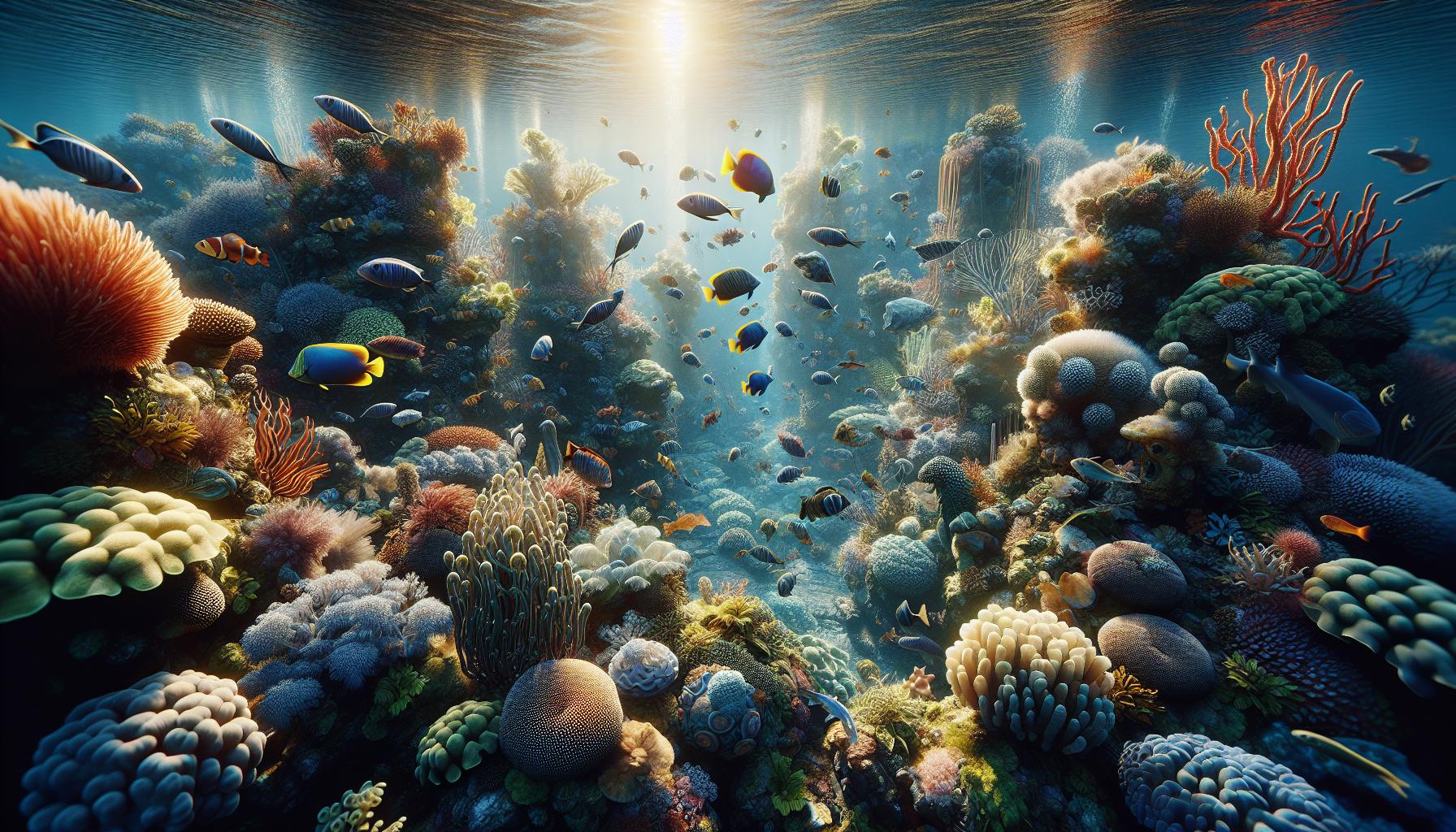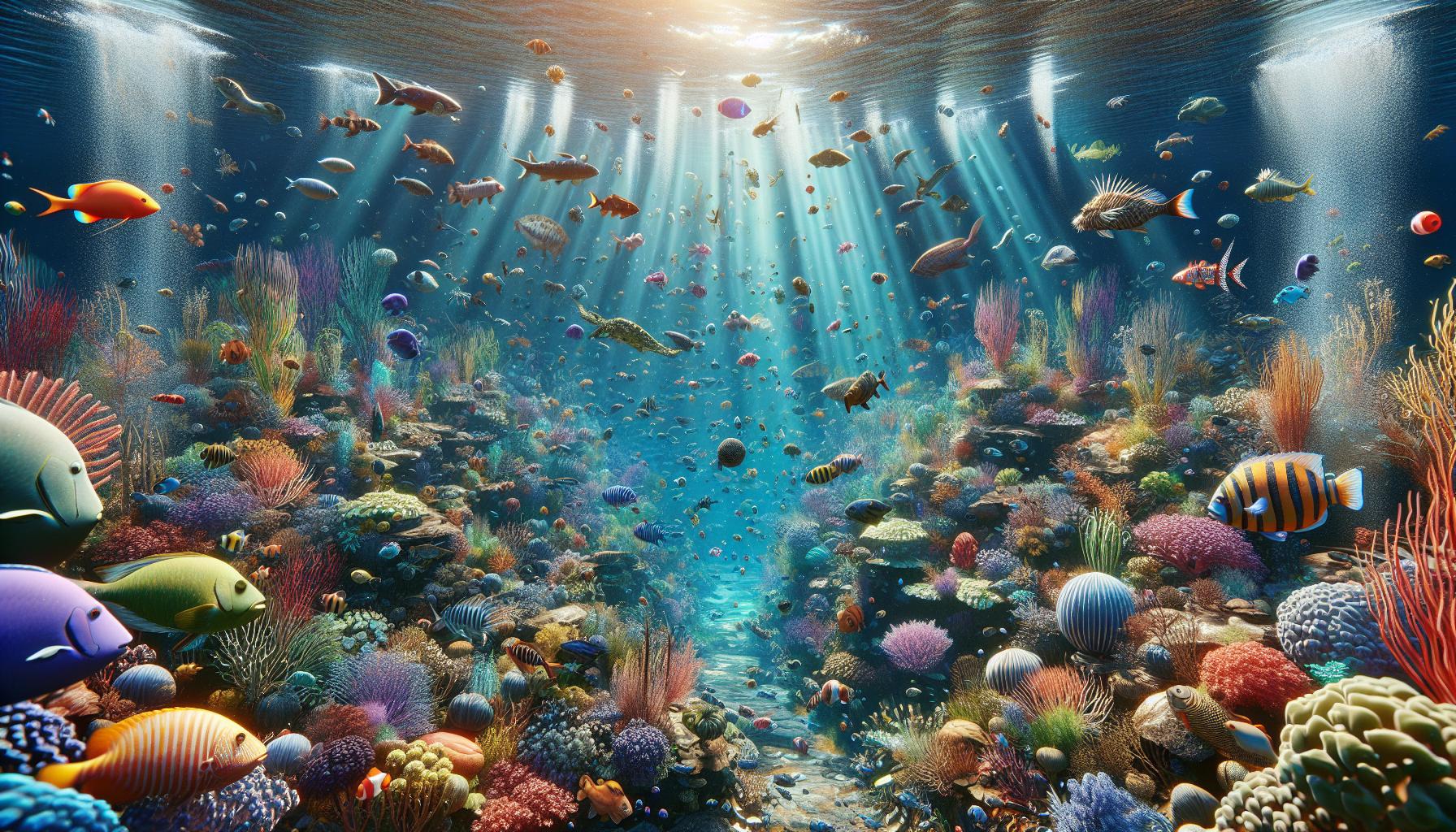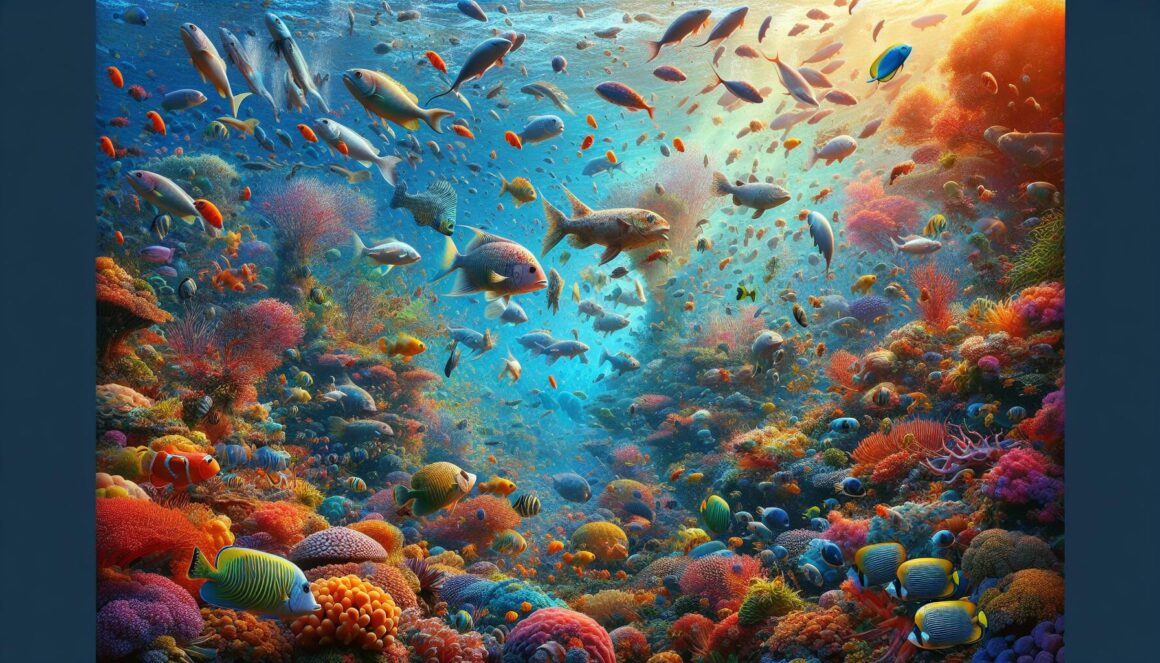Diving into the vibrant world of fish, I’m always amazed by the diversity and beauty these creatures bring to our oceans and aquariums. From the shimmering scales of tropical species to the graceful movements of larger fish, there’s so much to explore. Fish aren’t just fascinating to observe; they play crucial roles in our ecosystems and offer endless opportunities for hobbyists and researchers alike.
Key Takeaways
- Diversity of Fish: Animado:iyhsaapvxbk= peces showcases the stunning variety and beauty of fish, from tropical species to larger predatory types, emphasizing their ecological importance.
- Role in Ecosystems: Fish are vital to aquatic ecosystems, contributing to nutrient cycling and supporting food webs, which helps indicate environmental health and stability.
- Animation Features: Animated representations of fish highlight their vibrant colors, intricate patterns, and unique behaviors, enriching viewers’ understanding of aquatic life.
- Habitat Preferences: Fish thrive in diverse environments, including coral reefs and freshwater habitats, with geographic ranges reflecting their ecological significance and adaptability.
- Conservation Needs: Understanding the threats facing fish, such as habitat degradation and overfishing, underscores the urgency for conservation efforts to protect both real fish and their animated counterparts.
- Awareness and Action: Conservation initiatives, like marine protected areas and sustainable fishing practices, promote environmental stewardship and the importance of preserving fish populations for future generations.
Animado:iyhsaapvxbk= Peces
Animado:iyhsaapvxbk= peces highlight the stunning variety and roles of fish in their natural environments. Their vivid colors and behaviors capture the attention of many.
What Are Animado:iyhsaapvxbk= Peces?
Animado:iyhsaapvxbk= peces refer to animated representations of fish, often found in digital media or art. These fish can mimic real-life species, showcasing their unique characteristics and movements. The captivating design engages viewers, enhancing appreciation for aquatic life. Their portrayal serves as a bridge between nature and people, fostering a deeper understanding of fish.
Importance in the Ecosystem
Animado:iyhsaapvxbk= peces play a crucial role in maintaining aquatic ecosystems. Fish contribute to nutrient cycling, influencing water quality. They serve as both predator and prey, sustaining food webs that support other organisms. Healthy fish populations indicate stable ecosystems, which helps monitor environmental changes. Additionally, their presence supports recreational activities, promoting environmental awareness and conservation efforts.
Key Features of Animado:iyhsaapvxbk= Peces

Animado:iyhsaapvxbk= peces highlight the fascinating traits of fish through dynamic visual representations. These animated depictions celebrate the diversity of fish, bringing their physical characteristics and behavioral traits to life.
Physical Characteristics
Animated fish models often emphasize vibrant colors, intricate patterns, and unique shapes. Glossy scales shimmer in digital light, showcasing the iridescence common in many species. Animated fins and tails exhibit fluid movements, replicating the grace of real fish swimming in their natural habitats. Certain animations might also focus on size variations, from small tropical varieties to larger predatory species, providing viewers with a broad perspective on fish diversity.
Behavioral Traits
Animations capture the intriguing behaviors of fish, such as schooling, hunting, and mating rituals. Schooling fish display synchronized movements, enhancing the sense of community in aquatic environments. Predatory animations demonstrate hunting strategies, showcasing agility and stealth. Mating behaviors are also represented, illustrating courtship displays that many species perform. These animated representations offer audiences insights into the complex social structures and interactions that fish engage in, enriching the understanding of their ecological roles.
Habitat and Distribution

Fish and animated representations of fish, such as “Animado:iyhsaapvxbk= peces,” thrive in various habitats across the globe. Understanding their preferred environments and geographic ranges offers insights into their behavior and ecological significance.
Preferred Environments
Fish occupy diverse environments, with many preferring warm, shallow waters. Coral reefs and mangroves serve as vital habitats, providing food and shelter. Freshwater species reside in rivers, lakes, and wetlands, where they adapt to specific conditions. Others prefer brackish waters, where freshwater mixes with saltwater, creating unique ecosystems. Each of these environments supports different fish species, influencing their interactions and survival strategies.
Geographic Range
Fish inhabit oceans, seas, and freshwater bodies worldwide. Tropical species thrive in warm equatorial waters, while temperate fish occupy cooler coastal regions. Some species migrate seasonally, traveling thousands of miles for spawning or feeding. Freshwater fish display a range of distributions, impacting local biodiversity. The geographic range of “Animado:iyhsaapvxbk= peces” mirrors these natural distributions, allowing digital representations to reflect the diversity and beauty of fish in their actual habitats.
Conservation Status

The conservation status of fish, along with their animated representations in “Animado:iyhsaapvxbk= peces,” highlights the urgent need for protective measures. Understanding the threats to these species and implementing conservation efforts is crucial for their survival.
Threats to Animado:iyhsaapvxbk= Peces
Threats to fish and their animated counterparts include habitat degradation, overfishing, climate change, and pollution.
- Habitat Degradation: Coral reefs and mangroves face destruction from coastal development and destructive fishing practices, compromising the ecosystems fish depend on.
- Overfishing: Unsustainable fishing practices deplete fish populations, leading to imbalances in aquatic ecosystems and affecting both real and animated representations.
- Climate Change: Alterations in water temperatures and acidification disrupt breeding and feeding patterns, threatening species survival.
- Pollution: Contaminants from land runoff and plastic waste harm fish health and alter their habitats, impacting their natural behaviors and environments.
Efforts in Conservation
Conservation efforts aim to preserve fish populations and their habitats while promoting awareness of their importance. Examples of initiatives include:
- Marine Protected Areas: Establishing designated regions helps safeguard vital habitats from human activities, allowing fish populations to replenish.
- Sustainable Fishing Practices: Encouraging responsible fishing methods helps maintain fish stocks and reduces bycatch, supporting ecosystem health.
- Public Awareness Campaigns: Educational programs inform communities about the importance of aquatic life, promoting responsible consumer choices and environmental stewardship.
- Research and Monitoring: Conducting studies on fish populations helps assess ecosystem health, guiding conservation strategies and policy decisions.
These combined efforts ensure both real fish populations and their animated representations continue to thrive, enhancing our appreciation of their role in ecosystems.
The World of Fish
The world of fish is truly mesmerizing whether in nature or through digital art. I’ve seen how animated representations can bring these aquatic wonders to life, allowing us to appreciate their beauty and complexity in new ways.
As we engage with both real and animated fish, it’s crucial to remember their ecological significance. Protecting their habitats ensures that future generations can enjoy their vibrant presence.
By embracing conservation efforts and fostering awareness, we can help maintain the delicate balance of our aquatic ecosystems. Let’s celebrate the diversity of fish and work together to ensure they continue to thrive both in our oceans and in the digital realm.

